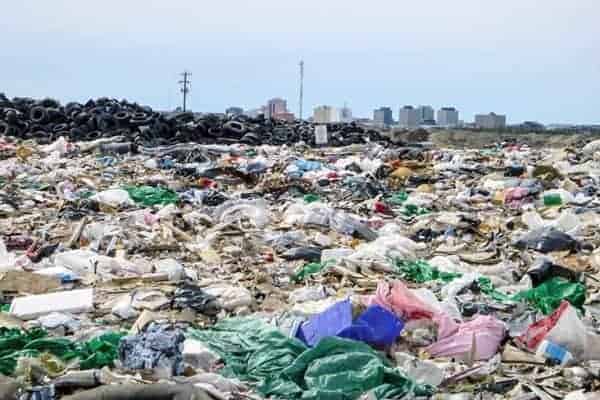Sometimes the irony in the news is almost too poetic. In one item the city is up for a five million-dollar Smart Cities prize. In the next we are told city hall is a waterlogged mess because the roof leaked during a rain storm.
That doesn’t sound too smart. Granted it was quite a rainstorm but city hall has engineers, their own public works department and building inspectors. I wonder when they inspected the roof last.
Next, we are told the recent blast at the quarry registered a magnitude of 1.4 on nearby seismic sensors, which made it a microearthquake. It was strong enough to be felt 20 kilometres away and rattled things in the city because the blast was so close and, according to a spokesperson for the Geological Survey of Canada, it was nothing to be concerned about and wouldn’t do any damage.
Now, what was said is probably true but it neglects to take into account the bigger picture. In the last couple of decades, the city has allowed a tremendous amount of blasting to take place in and around the community. Some summers blasting was almost an everyday occurrence. That sends seismic waves through the ground and when they rattle your house, one rattle may not cause damage but 50 or 100 of them might.

Those rattles affect water and sewer lines, ice lenses, foundations, road fill and all sorts of things. I would love to see a study of what the cumulative impacts of all that blasting has had on the city's infrastructure, permafrost, people and wildlife. It might have a much greater effect over time than people and the city care to admit. The city might be paying a lot to repair sewer lines that got damaged by these so-called “controlled” blasts. Not only would this be ironic, it really is something someone should do a little research on.
Since I was a kid, the world's population has been growing and is now increasing by an estimated 100 million humans every year. The amount of garbage per person has also been growing and since we entered the plastic age decades ago, the amount of garbage that is plastic has been soaring. You don’t have to be much of a futurist to see the problem. Suddenly the politicians and world leaders of the G7 or G6 plus one have noticed this and five decided to sign an accord to think about doing something about plastic.
Now while I am all in favour of banning single use plastic straws, there is a whole lot more that can and should be done. Yellowknife, like most communities in Canada and the world, is awash in garbage and litter. I have said many times before that the city just doesn’t take the problem seriously. You might ask yourself, where does all the litter come from and what percentage of it is a direct result of the city's improper handling of garbage.
Just go out to the dump and drive up to the area reserved for contractors. You will see acres of garbage, a lot of it is exposed plastic garbage, just waiting for a good wind to come along to blow it all over the countryside, back into the city or into Great Slave Lake.
Like most communities in the North, our dumps allow garbage, particularly plastic, to be blown all over the place. If the GNWT land-use inspectors, inspected the communities like they do exploration camps, most if not all of them would be shut down immediately. The city has all sorts of bylaws about garbage but there are offenders who offend constantly and the most they seem to get is a warning. Property and business owners should be responsible for looking after their garbage properly and for keeping their lots litter free.
As for garbage in the ocean, that's another issue entirely. Every time there is a flood all sorts of garbage litter and pollutants gets washed into the ocean. A recent article in the February issue of Scientific American states that ten rivers in the world account for 90 per cent of the plastic that ends up in the ocean. Eight are in Asia and two are in Africa. But most rivers running through populated areas carry plastic to the seas and we're contributing to the problem.
So it is time for everyone, including the City of Yellowknife, to get serious about garbage and plastics in particular before the plastic age smothers the Earth and all of us.